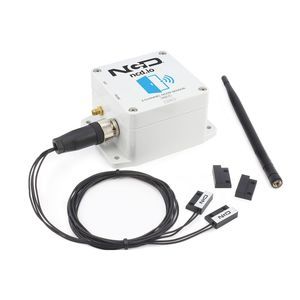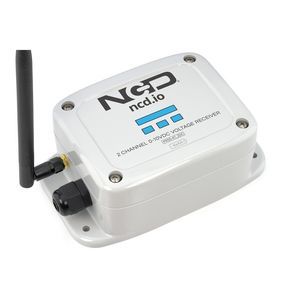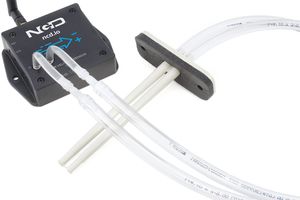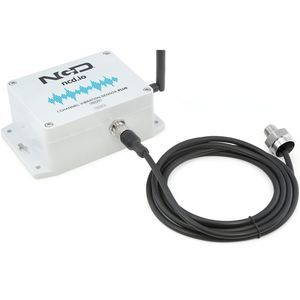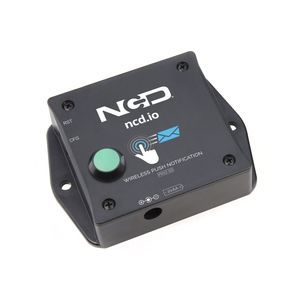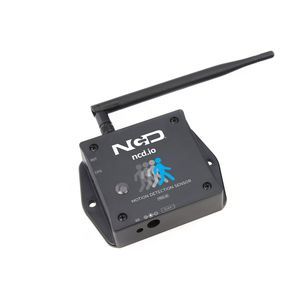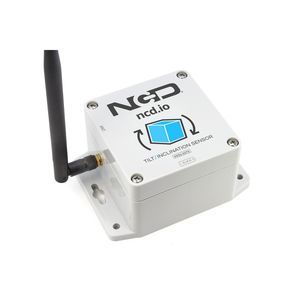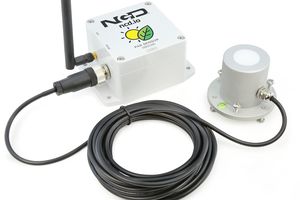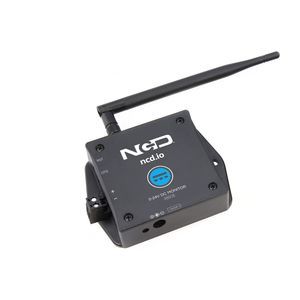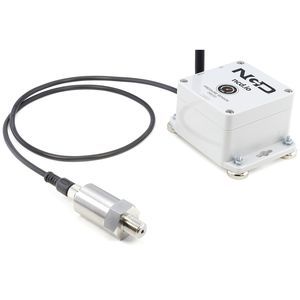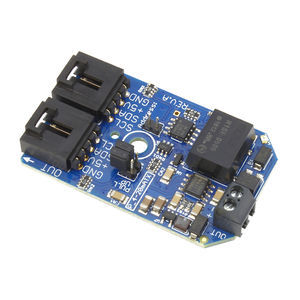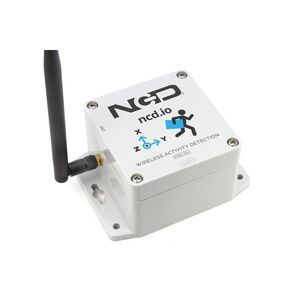
- Robotics - Automation - Industrial IT
- Automation
- Analog input module
- National Control Devices

- Products
- Catalogs
- News & Trends
- Exhibitions
Analog input module ASM1-6USBwireless4-channel
Add to favorites
Compare this product
Characteristics
- Signal type
- analog
- Bus
- USB, wireless
- Number of inputs/outputs
- 4-channel
Description
Highlights
• - 4-Channel 12-Bit Wireless 0-10V Input endNode with USB
• - Each Analog Input Includes a Dedicated Non-Shared Ground Input
• - For Use with Existing Sensors that Already Include a Power Solution
• - Long Range Wireless Communications with 128-Bit AES Encryption
• - USB Communications Interface with Virtual COM Port Access
• - Dual 9-32V DC Power Interface with Power and RGB Status LEDs
• - Long Range Wireless Communications up to 2 Miles at 900MHz
• - 900MHz, 868MHz and 2.4GHz Wireless Options with Antenna
• - Pluggable Connectors for Wireless 0-10V Input and Power
• - Based on NCD endNode Wireless I²C Architecture
o - I2C Expansion Port for Limitless Expansion Capabilities
o - Expandable to Control NCD I2C Devices and Sensors
o - ProXR Enterprise Command Set for I2C Relay Expansions
Wireless 0-10V Inputs
Introducing the world’s most powerful Wireless 0-10V input receiver. The ASM1-6 makes it easy to read industrial 0-10V sensors with an incredible 2-Mile wireless communication range using 128-Bit AES Encryption. Read industrial 0-10V pressure sensors, temperature sensors, flow meters, ultrasonic sensors, level sensors, force sensors, weight sensors, distance sensors, strain sensors, and much more with a 12-Bit Resolution. Use several ASM1-6 endNodes and talk to each endNode using secure wireless communications. Read wireless 0-10V inputs on the factory floor, as we have tested this wireless technology in factories in excess of 1 mile indoor line-of-sight with heavy industrial machines operating.
Related Searches
- Digital master module
- Analog master module
- Transceiver module
- Wireless gateway
- Ethernet converter
- IoT gateway
- Serial converter
- Communication module
- Analog counter
- Pulse meter
- RS-485 converter
- Industrial modem
- RS232 converter
- Analog input module
- I/O card
- Industrial meter
- RS232 modem
- Industrial receiver
- Wireless receiver
- USB I/O
*Prices are pre-tax. They exclude delivery charges and customs duties and do not include additional charges for installation or activation options. Prices are indicative only and may vary by country, with changes to the cost of raw materials and exchange rates.



